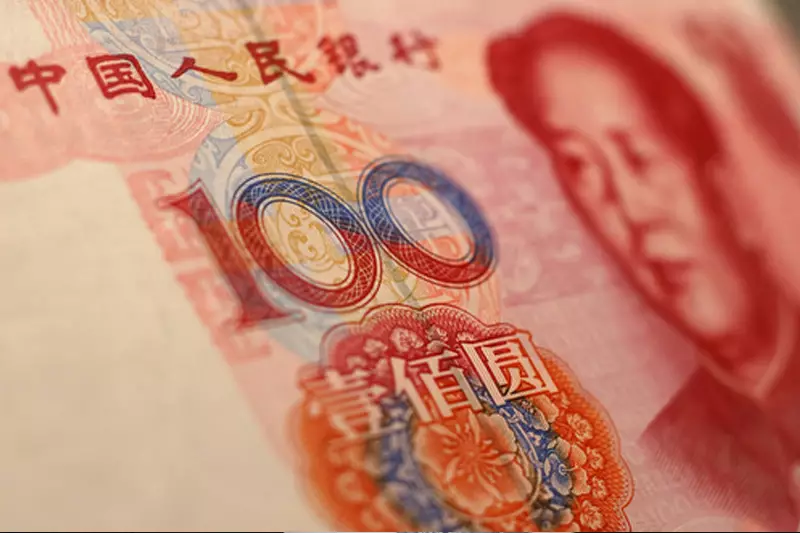The recent fluctuations in repo rates, particularly highlighted by Bank of America (BofA), reveal a complex interplay between fiscal obligations and monetary policy decisions. During the week of January 13, there was an observable spike in repo rates, which can be ascribed to heightened liquidity demands stemming from tax payments. This scenario underscores the sensitive nature of financial markets to regulatory timelines, where the convergence of fiscal duties and central bank operations can generate pronounced effects on liquidity.
The liquidity crunch was dramatically emphasized on January 16, right after the tax payment deadline. On this date, key metrics such as DR007 and R007 saw values soar to 2.34% and 4.19%, respectively. Such a surge indicates not merely a seasonal phenomenon but highlights deeper underlying economic currents. The People’s Bank of China’s (PBoC) restrained monetary interventions have contributed to this tightening, revealing their strategy of defending exchange rate stability at the perceived expense of domestic liquidity.
The Role of the People’s Bank of China
The PBoC’s recent maneuvers, particularly the decision to issue RMB60 billion in 6-month bills in Hong Kong, signify a calculated response to the escalating liquidity constraints. This issuance, characterized by a 3.4% coupon rate—an increase from previous bill offerings—reflects both the current economic climate and investor sentiment. The rising coupon rate serves to attract investors amid tighter liquefaction conditions, generating funds that could otherwise impact the market adversely. Thus, these actions reveal a dual aims: stabilizing the Renminbi (RMB) and providing a cushion against liquidity deficiencies.
Additionally, the December foreign exchange (FX) settlement balance reports a notable deficit of US$10.5 billion, marking the first such deficit since July 2024. This shift signals a critical turning point, particularly as domestic importers increasingly turn to USD, not only for trade but also as a hedging strategy against potential tariffs. Such dynamics naturally exert upward pressure on forward points, making currency market interactions increasingly nuanced.
Cross-Border Borrowing and Market Expectations
On January 13, the PBoC’s elevation of the cross-border macroprudential parameter from 1.50 to 1.75 indicates a broader strategic pivot concerning international financial relations. This adjustment permits domestic enterprises and financial institutions to expand their borrowing capabilities abroad, a move that raises several important implications. The widening interest rate disparity between China and global markets suggests that this adjustment—not merely a reactionary measure—serves as a means of anchoring market expectations related to foreign exchange.
While BofA interprets this maneuver as primarily symbolic, it reflects the complexities and anticipated volatility in financial landscapes driven by external economic conditions.
As repo rates soar and liquidity constraints tighten, these developments not only shed light on the immediate pressures facing China’s financial system but also point to a sophisticated dance between fiscal policy, market expectations, and monetary sovereignty. Stakeholders would do well to decode these signals as they navigate through an increasingly intricate financial ecosystem.

